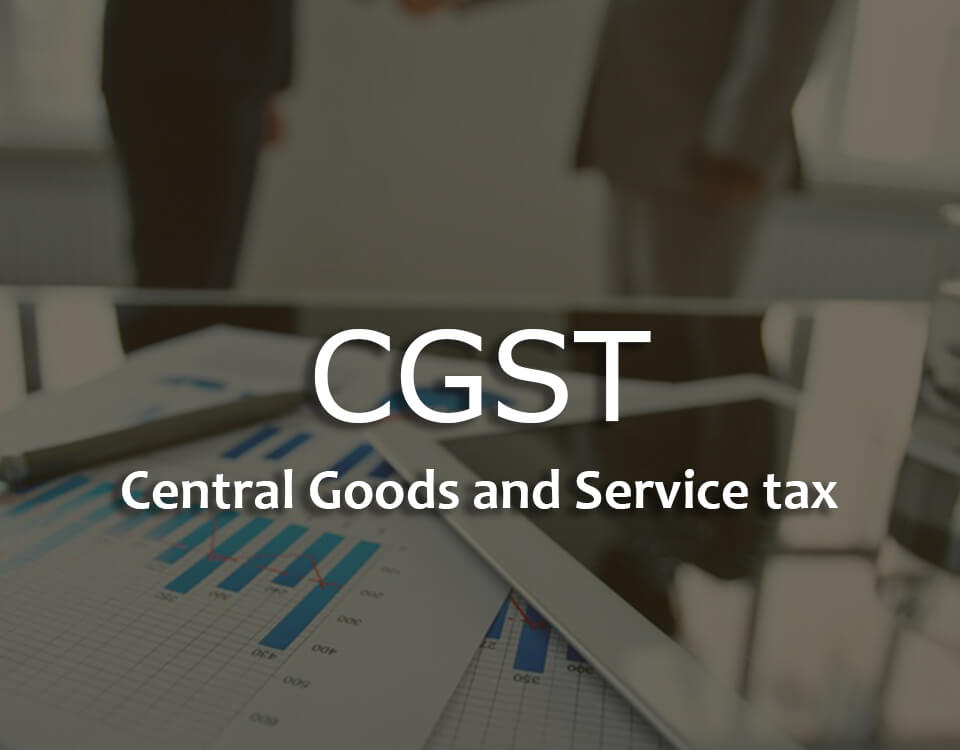
CGST
CGST is leived by the central government on intra-state goods and service transactions. The central government collects the revenue generated through Central Goods and Service Tax. It is levied along with SGST or UGST and revenues are shared between the state and the centre.
For example, if you are a Punjab-based dealer and are selling to a another dealer in Punjab, since it's an intra-state sale, both CGST and SGST will be applicable on this transaction. If your transaction of goods is worth Rs.30,000 and it attracts 18% GST, then 9%, which is Rs.2,700 of the tax amount, is collected as SGST by the state government and a matching amount is collected as CGST by the centre.